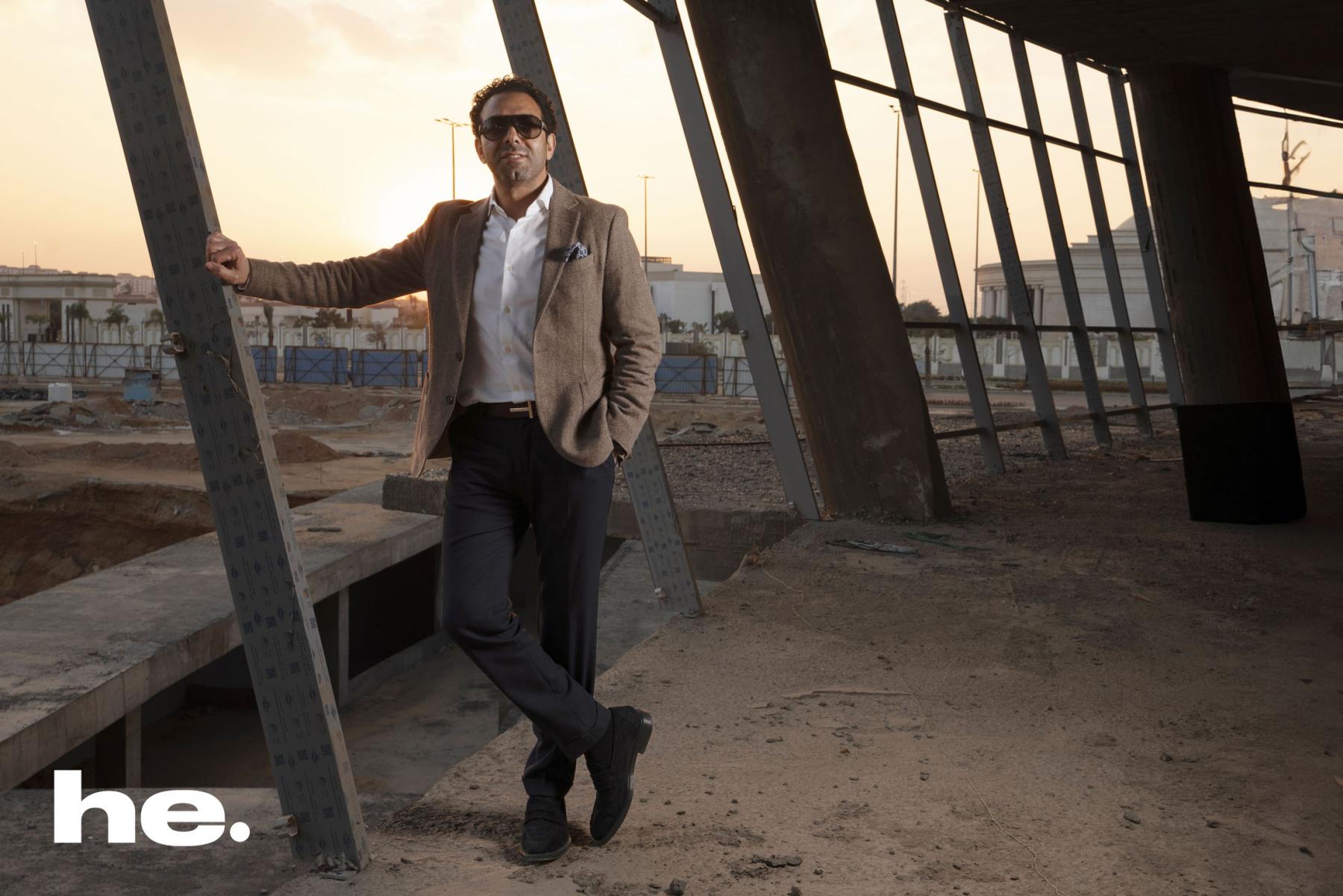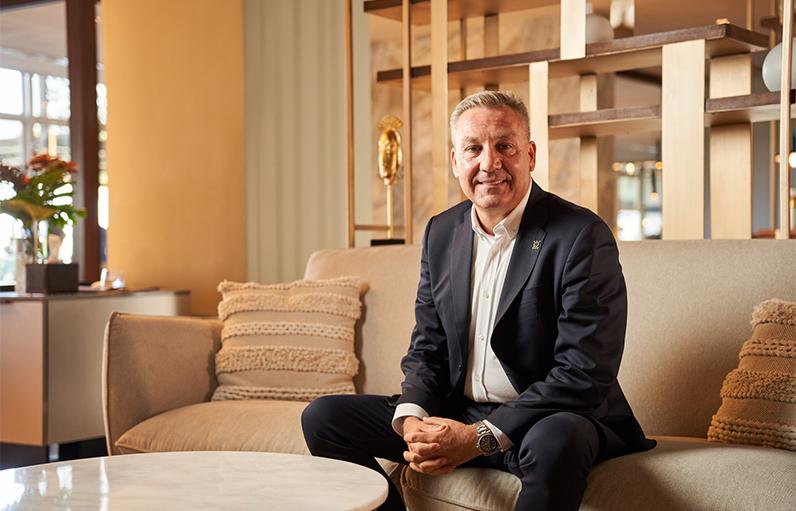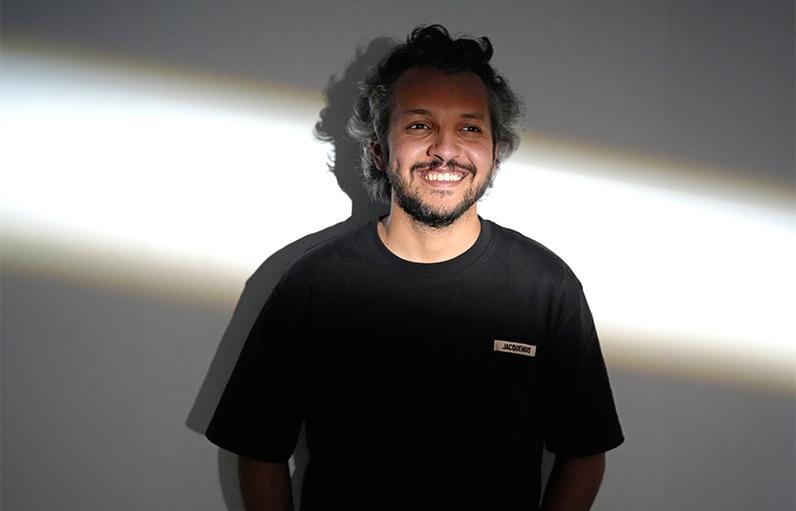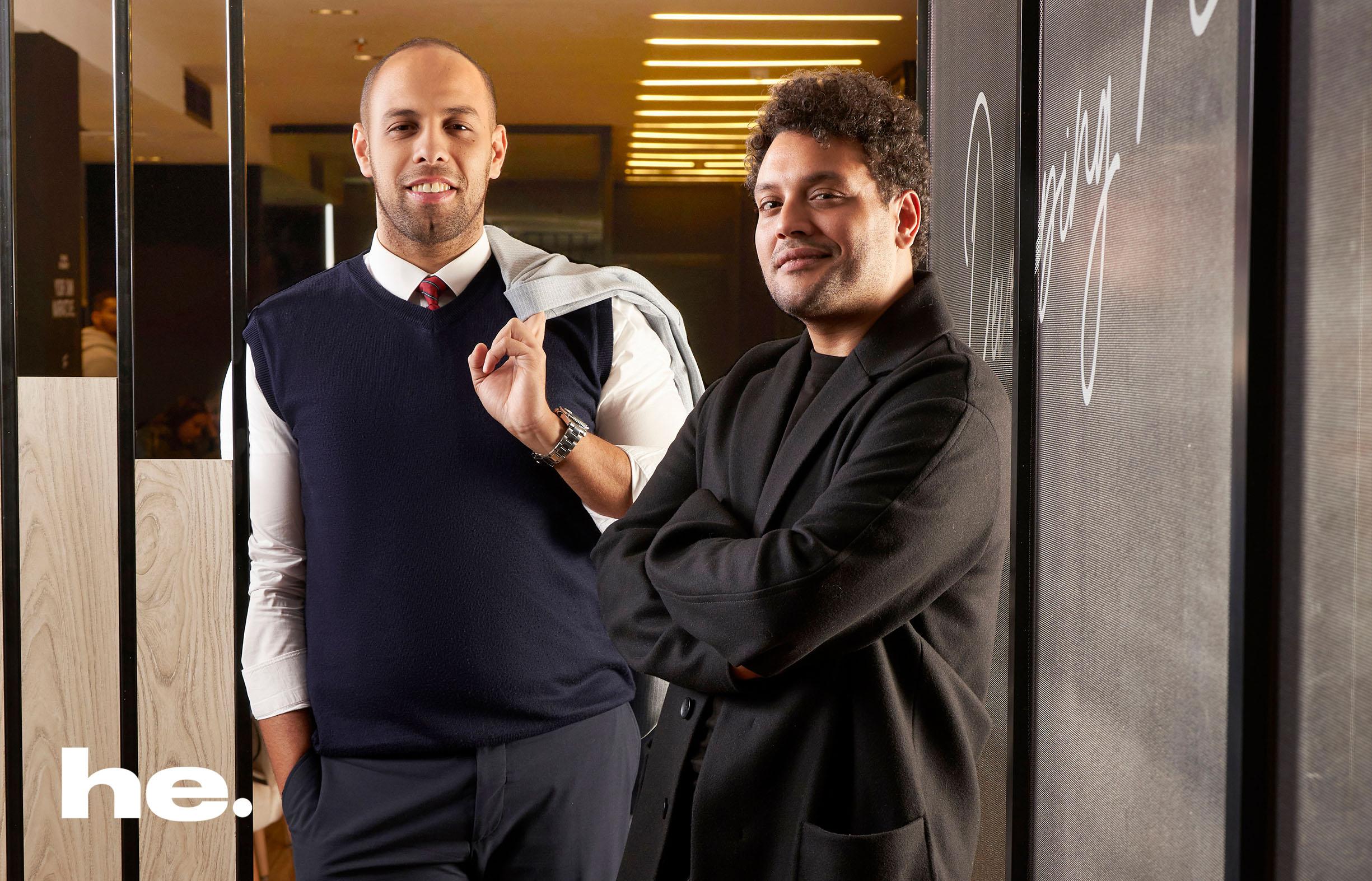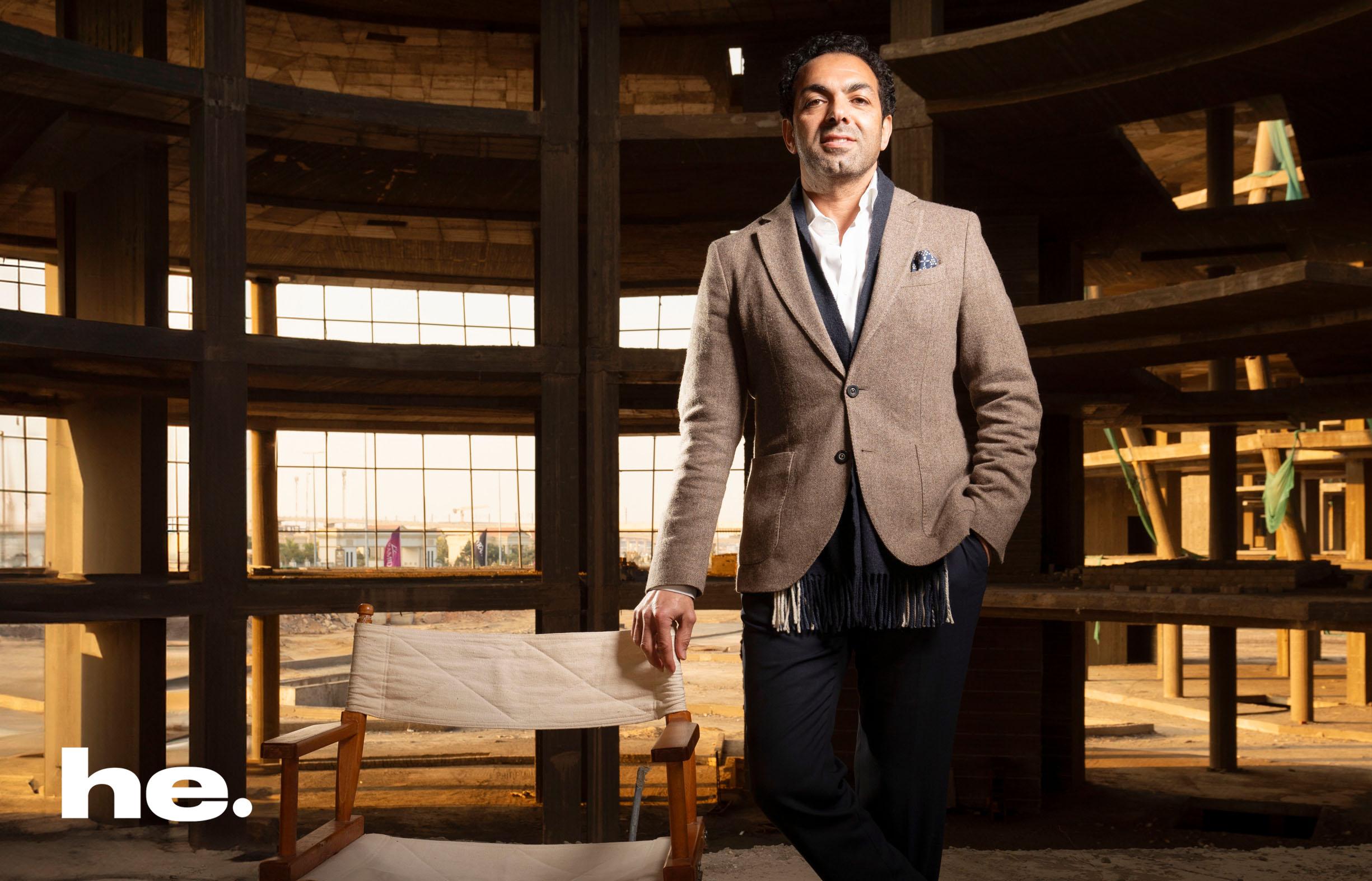
Written by: Farah Hassan
Date: 2024-03-05
An exclusive interview with Mohamed Talaat, Founder of MTA

In the midst of Saudi Arabia's historical prominence in the oil industry, Mohamed Talaat emerges as a key figure in reshaping the nation's economic landscape. As the driving force behind MTA, a prominent architectural firm, Talaat is spearheading a movement towards sustainable real estate development in the region. With Saudi Arabia's economy poised for diversification, Talaat's innovative designs blend modernity with tradition, paving the way for a greener, more sustainable future.
The real estate market in Saudi Arabia is poised for significant growth, with experts predicting it to reach a staggering value of US$2.10 trillion by 2024. Among the various segments, Residential Real Estate stands out as the largest contributor, expected to achieve a market volume of US$1.43 trillion in the same year.
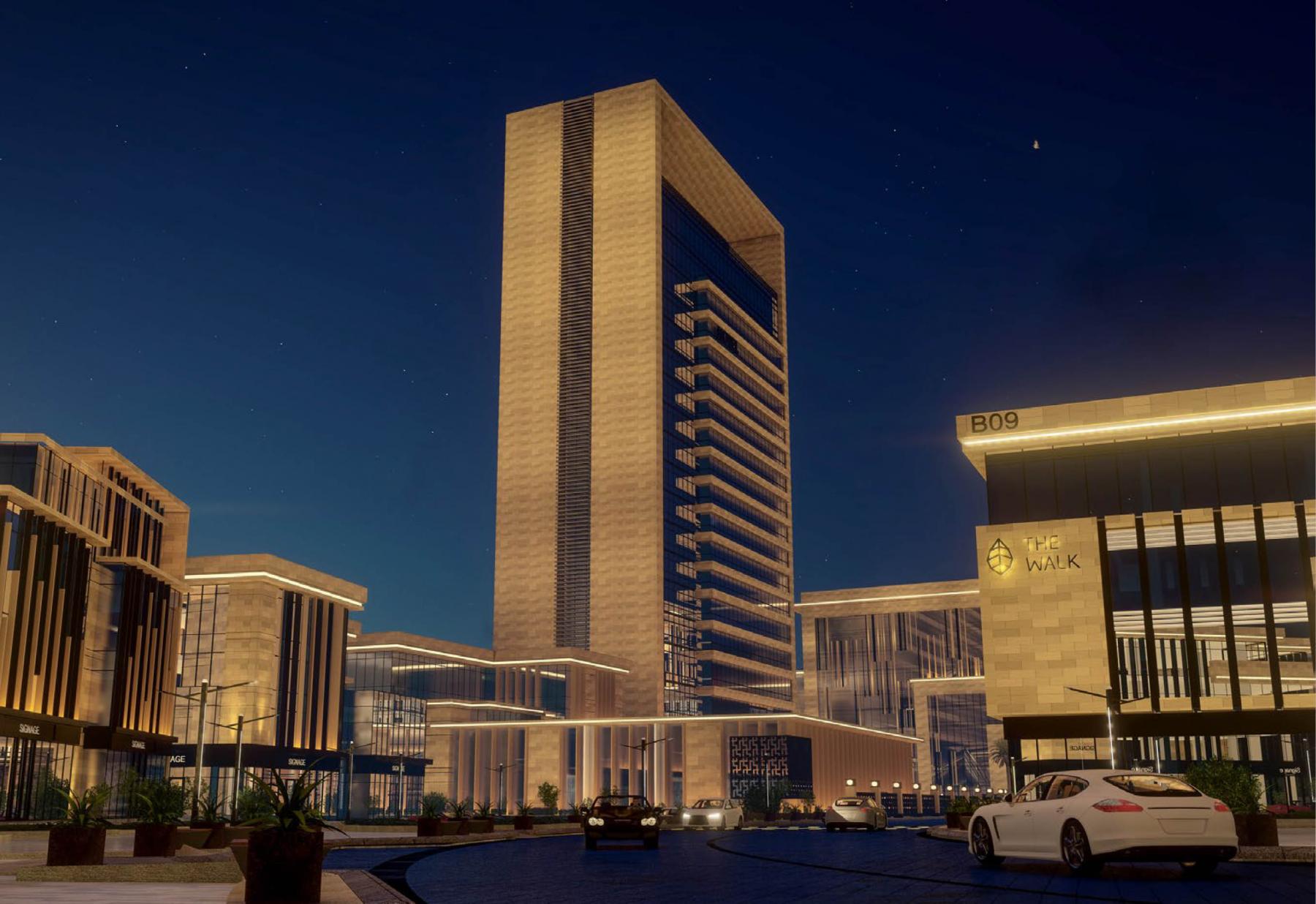
MTA: Architects of the Future
MTA’s Mohamed Talaat has had a strong focus on sustainability with a cutting-edge design that blends modern and traditional elements in his design. With many of his Saudi based projects reaching success all over the country, the firm has rightfully become one of the most respected firms in the country. “We were keen on joining the success and worked on many high-profile projects in both Egypt and Saudi Arabia. There is a different way of thinking; a different world one can delve into and an openness to be bigger, better and different. There is continued interest to learn about other cultures and traditions whether it may be in Egypt or Saudi, there is interest in the human aspect, interest in sustainability and climate-conscious endeavors.” Since the company’s inception, MTA has been collaborating with noted developers and governmental organizations in the region to build a diversity of inspiring urban projects that include mixed-use developments, public infrastructure, residential and more. “From what we see now, the practice has boomed significantly in Saudi Arabia and there is a rising demand for its work as levels of investments from within the country and overseas increase.” “We see many projects in Saudi targets an unparalleled quality of life, focusing on providing a unique experience and that is what resonates with the public and what Saudi has realized through their bold decisions. I see a big evolution in the way we now come to think and create architectural pieces.”
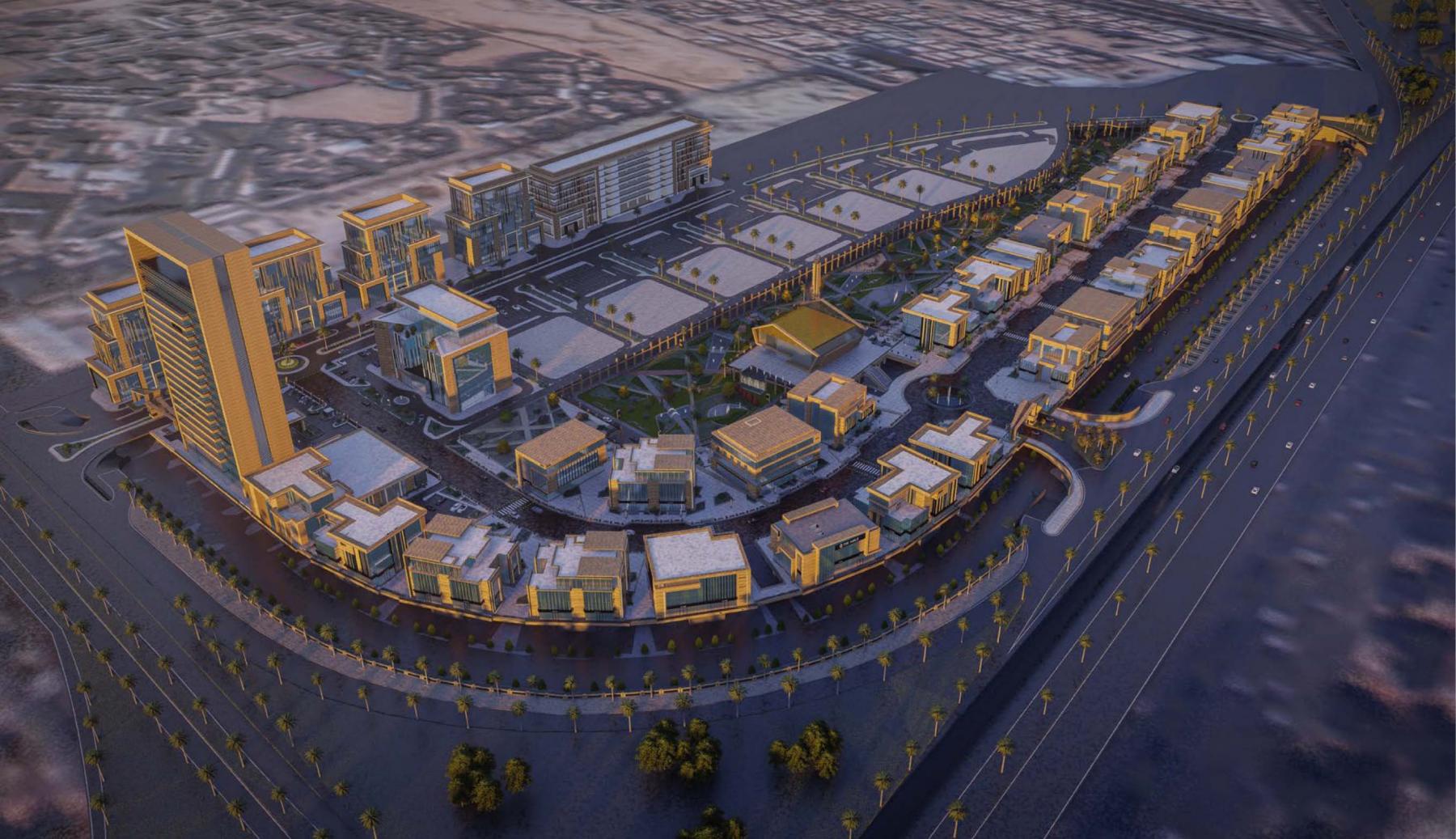
The Birth of NEOM
Neom was unveiled in 2017 as part of Saudi Arabia's Vision 2030, a comprehensive plan to diversify the country's economy and reduce its dependence on oil. Located in the northwestern region of the country, Neom encompasses a vast area spanning across Saudi Arabia, Jordan, and Egypt, making it a transnational venture of unprecedented scale. The ambitious city-building initiative that aims to redefine the future of urban living. Neom, a portmanteau of the Greek word "neo" (meaning new) and the Arabic word "mustaqbal" (meaning future), represents a bold step towards sustainable development, climate change mitigation, and the realization of futuristic ideas. Talaat reveals, “The Line is one of the most important projects of the century because it provides a different concept for architecture completely based on sustainability, waste management and minimizing carbon emissions with an idea derived from the purpose of powering the project by renewable resources, leveraging its solar and wind resources. It is a sustainable yet highly futuristic project that I find will really resonate and make its waves when done.” Neom's emphasis on sustainability extends beyond its own borders as the project seeks to actively contribute to global climate change mitigation efforts, aligning with the goals set forth in the Paris Agreement in December 2015. Neom's commitment to carbon neutrality and sustainable practices sets a precedent for other cities worldwide, inspiring a shift towards eco-conscious urban planning and development. The architect adds on, “while many skeptics may regard this project as too much or unrealistic, I would only say people reject the unknown or what is considered peculiar. But when you come to prove that it has been thoroughly studied and designed with the intent of nature and mankind’s well-being, people may come around and see that it is in everyone’s benefit.”
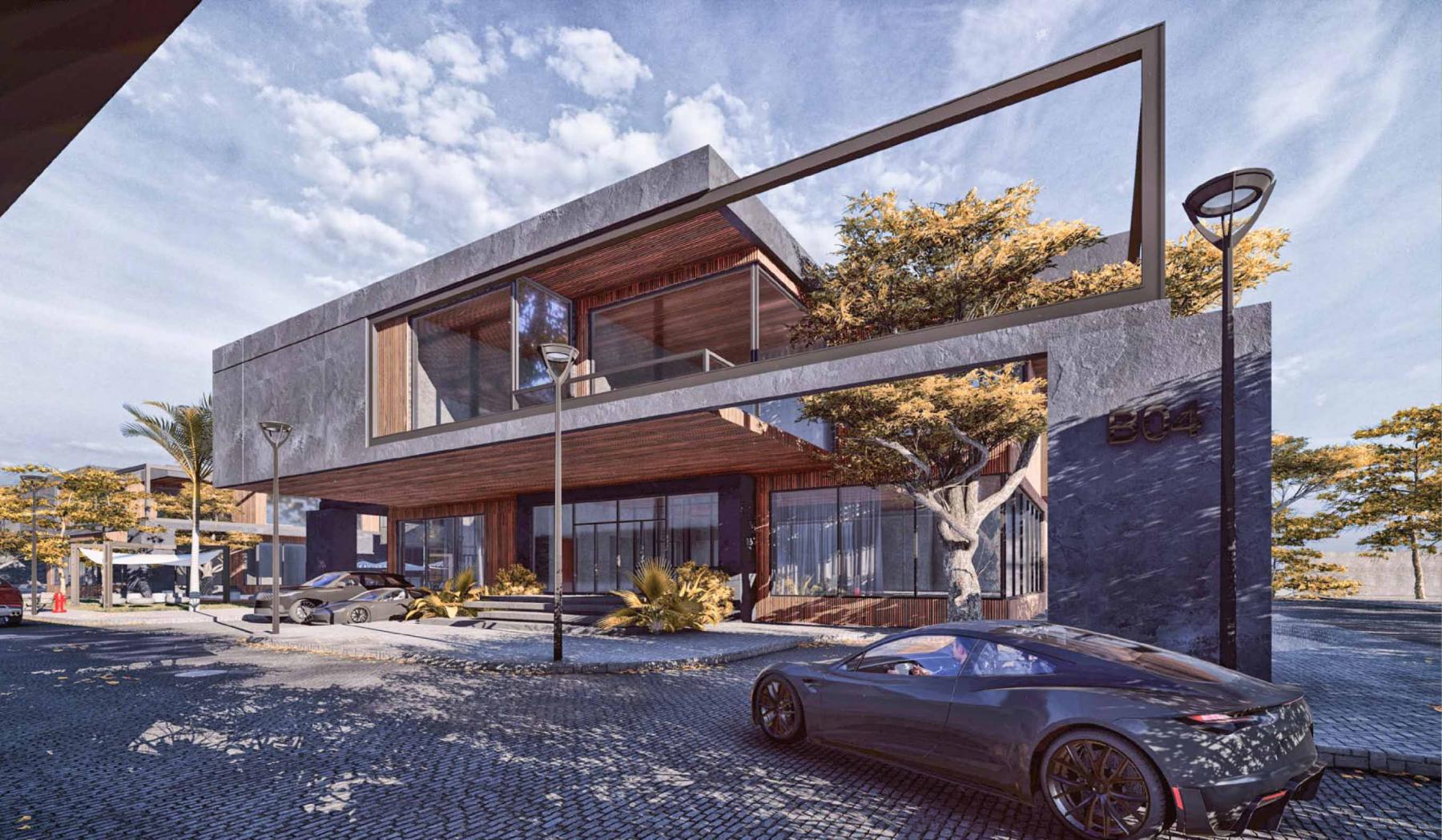
The Well-being and Quality of Life
Saudi Arabia aims to be a hub for innovation, attracting leading thinkers, entrepreneurs, and researchers from around the world. With plans for autonomous transportation systems, digital governance, and state-of-the-art healthcare facilities, aiming to redefine the boundaries of what is possible in urban living. Sports for All (SFA) is a government initiative in Saudi Arabia tasked with advancing the goals of Vision 2030 in the field of sports. Established in 2018, SFA has implemented tailored strategies for various age groups, encompassing youth to senior citizens. Notably, SFA places a special focus on engaging housewives of all ages and has introduced official regulations mandating the use of feminine language whenever masculine terms are employed, thus promoting inclusivity and ensuring that sports are presented as accessible to both genders. The country has also recently revealed Sports Boulevard: a project that targets reinventing and regenerating the city of Riyadh in efforts to make it one of the world’s top-10 cities. The project will be the world’s largest urban park extending to more than 135 km with over 50 sports facilities. According to its foundation, it will, “increase the per capita share of green space for Riyadh’s residents by 62% and creating cleaner air by reducing carbon dioxide levels across the city by 100 tons.” In addition to Saudi Arabia, it is also set to host the Asia Cup 2027 and is in the running to host the World Cup 2034 which are all groundbreaking projects that can alter the country’s economy. “Designing sports facilities and sports recreational areas is no easy task, extensive research and studies must be done (total anticipated number of people, places of access or entry, places of exit, shading structures, etc.) in order to come up with something that is catered first and foremost for the user and the user’s well-being.”
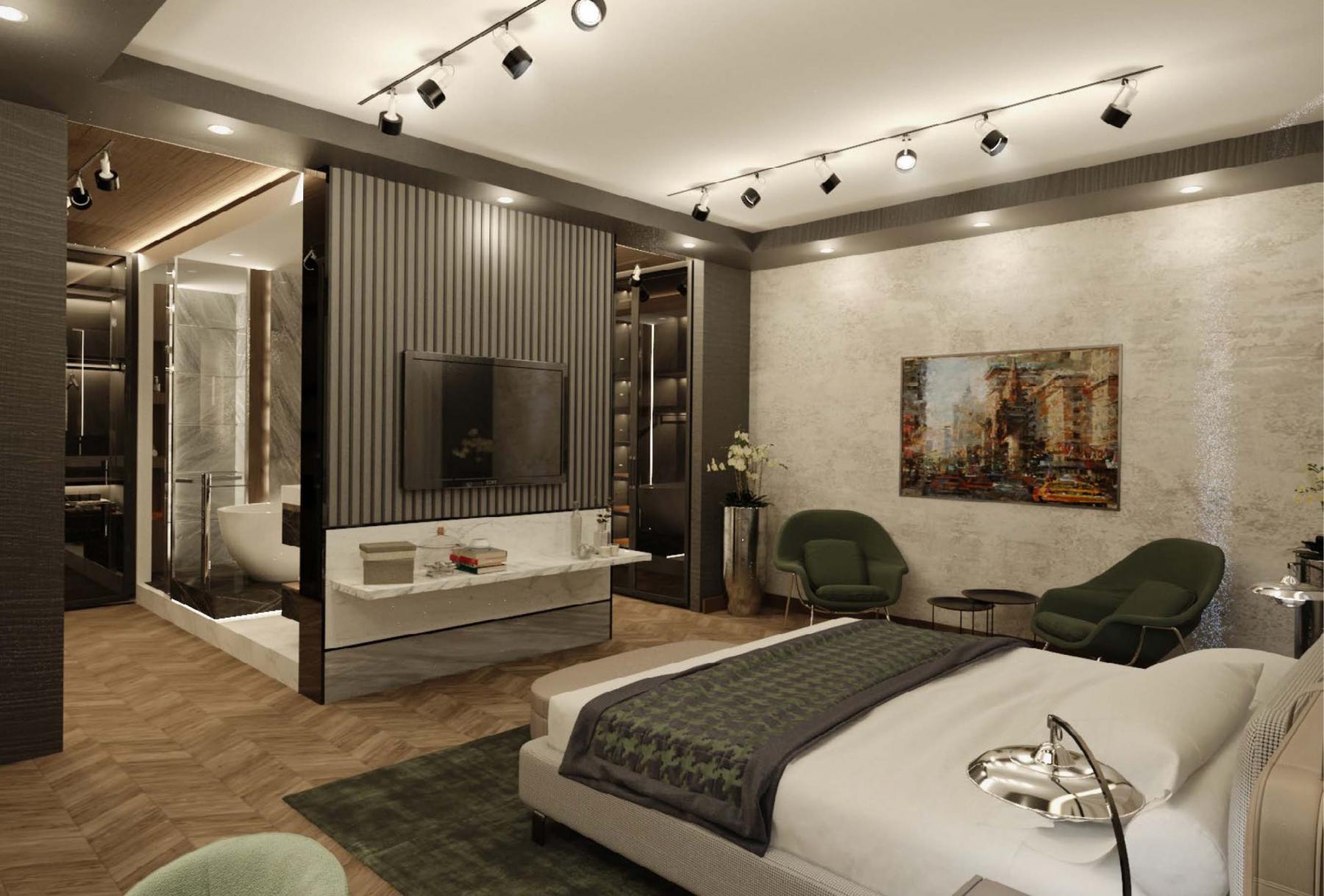
Architectural Distinction through Salmani Movement
While Neom embraces modernity and innovation, it also recognizes the importance of cultural preservation and social cohesion. Efforts are made to integrate local communities into the fabric of the city, ensuring their active participation and benefit from the project. Neom's commitment to inclusivity and cultural heritage ensures that Saudi Arabia's rich traditions are celebrated and safeguarded amidst the winds of change. The revival of the Salmani architectural style in Saudi Arabia is a huge architectural and cultural movement in the country that can be traced back to the 1980s when mega-projects like the Diplomatic Quarter and the Ministry of Foreign Affairs residential compound emerged in Riyadh. These projects, led by architects such as Henning Larsen, skillfully merged traditional Najdi architectural elements with contemporary design sensibilities, creating a regionally authentic yet modern architectural language. “Nowadays you will find most high-profile projects or large-scaled ones all over Saudi take the Salmani Architectural approach. This design does not only aim towards specific shapes, lines, and designs but it aims for a specific type of experience for the user, putting humans, nature, and sustainability back on the agenda.” Key features of this style include a focus on geometric forms, well-proportioned structures, and the use of local materials like Riyadh limestone. While rooted in traditional influences, the success of the Salmani style in a contemporary context relies on several guiding principles, including adaptive scaling, respect for regional geometric patterns, human-centric design, integration with the natural environment, and references to history. Talaat explains, “enhancing sustainability in Salmani architecture can be achieved through passive design techniques that leverage solar orientation and natural ventilation, reducing energy consumption. The use of locally sourced materials not only minimizes carbon footprints but also ensures harmonization with the natural surroundings.” By promoting communal interaction and walkability, reliance on transportation is minimized, fostering a shared sense of environmental responsibility. The Salmani architectural style exemplifies Riyadh's and Saudi Arabia's ability to blend tradition with modernity. Rooted in traditional Najdi architecture with a strong emphasis on sustainability, it serves as a promising model for future regional architectural endeavors. The architect discloses, “it reminds us that the past and present can coexist harmoniously, producing aesthetically pleasing, environmentally responsible, and culturally significant outcomes. As architects and urban planners look to the future, Salmani architecture serves as a guiding light, illuminating the path forward.”

Big Moves on Cloud Nine
Talaat concludes, “We are trying to build a civilization for our children and architecture is what defines people's civilization. We often look at a city’s civilization through their architecture, their streets, and their landscape.” MTA has hopes to further push the boundaries of what is possible in architecture; creating spaces that not only inspire but also serve the needs of the communities they serve. The architectural firm continues to push the boundaries of what is possible in architecture, creating spaces that not only inspire but also serve the needs of the communities they serve. “I would like to expand my projects to be all around the world, I don’t have a specific dream, but I aim for the clouds. And if one day we can build on clouds, we will be the first ones to do it.”
